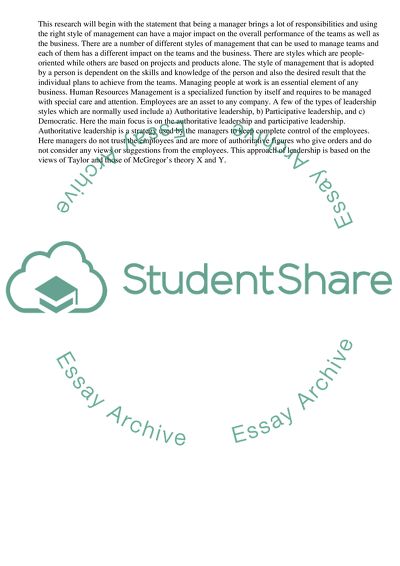Cite this document
(“Management Styles and Impact on Employee Motivation Essay - 1”, n.d.)
Management Styles and Impact on Employee Motivation Essay - 1. Retrieved from https://studentshare.org/management/1568345-compare-and-contrast-two-different-management-styles-and-assess-how-they-can-affect-employee-motivation
Management Styles and Impact on Employee Motivation Essay - 1. Retrieved from https://studentshare.org/management/1568345-compare-and-contrast-two-different-management-styles-and-assess-how-they-can-affect-employee-motivation
(Management Styles and Impact on Employee Motivation Essay - 1)
Management Styles and Impact on Employee Motivation Essay - 1. https://studentshare.org/management/1568345-compare-and-contrast-two-different-management-styles-and-assess-how-they-can-affect-employee-motivation.
Management Styles and Impact on Employee Motivation Essay - 1. https://studentshare.org/management/1568345-compare-and-contrast-two-different-management-styles-and-assess-how-they-can-affect-employee-motivation.
“Management Styles and Impact on Employee Motivation Essay - 1”, n.d. https://studentshare.org/management/1568345-compare-and-contrast-two-different-management-styles-and-assess-how-they-can-affect-employee-motivation.


